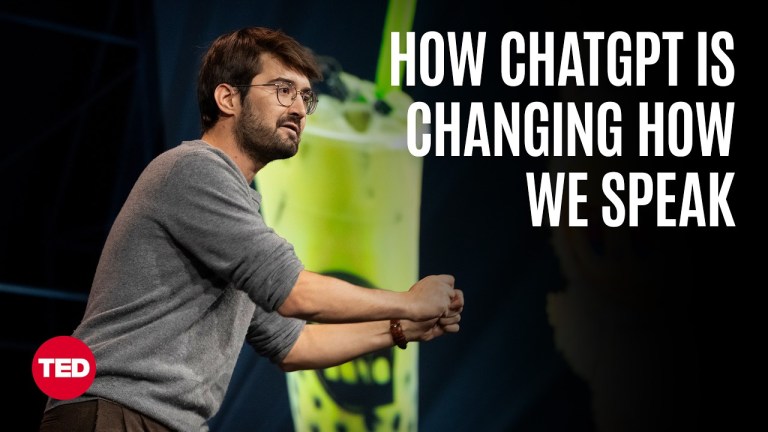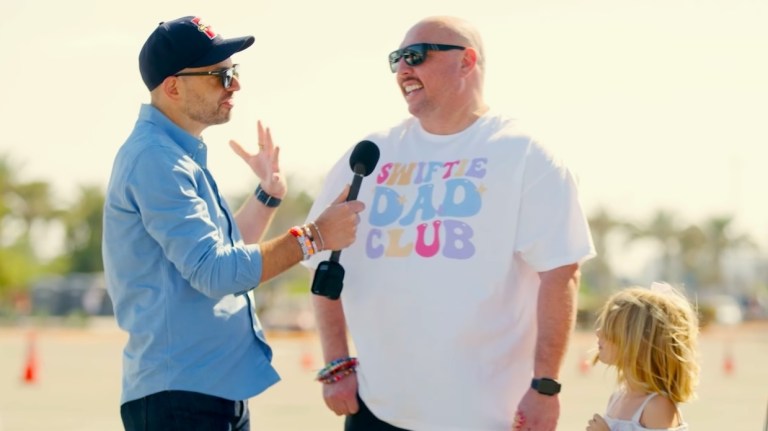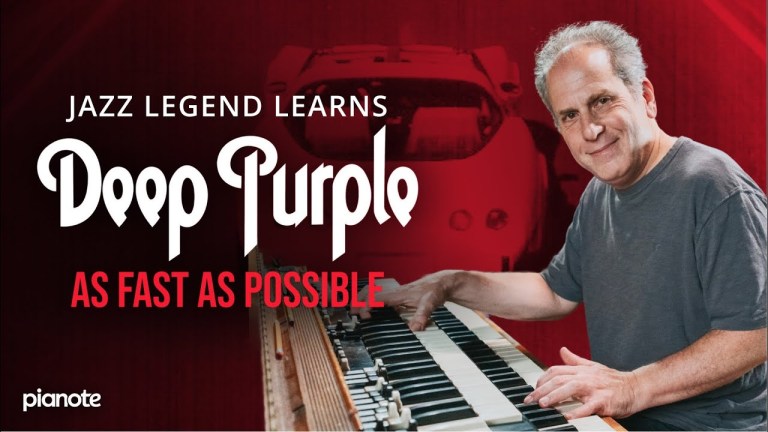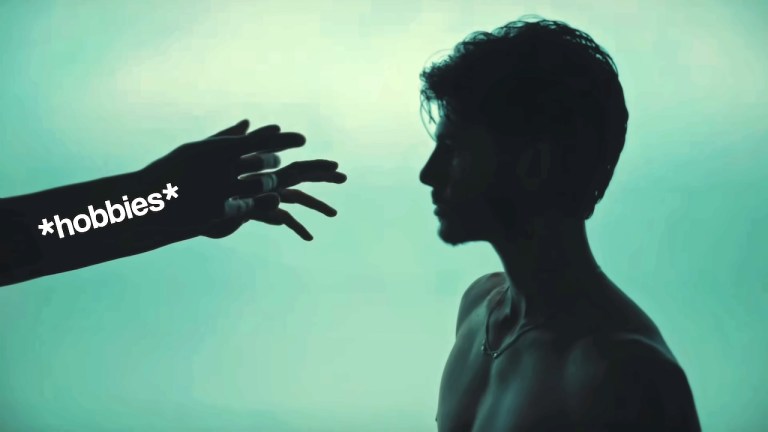How to Help Those With Face Blindness Recognize You
In the third episode of a three-part series about living with disabilities, filmmaker James Robinson explores the subject of prosopagnosia, a neurological disorder known more commonly known as “face blindness” that Paul Kram lives with on a daily basis. Kram openly discusses how he can recognize someone he’s clearly met before, relying on certain distinctive features, gait, hair, and voice.
I remember voices. There’s accent, pitch and tone. I will look at how they walk. Gait’s like a fingerprint. Older people take shorter steps. Younger people are light on their feet. …If someone like Paul is struggling to identify you, the key is to provide details.…Reminding them of your connection, even if you were speaking just a few minutes ago, can help spark that aha moment, that instantaneous human bond that is at the root of how we care for each other.
As with his previous documentaries in the series, Robinson created a visualization that simulates how people with face blindness see the world.
What people on the face blindness spectrum need is for you and I to understand what they’re experiencing. So let’s do an experiment. For those of us without face blindness, perhaps the best way to understand how Paul looks at a face is to look at these faces upside down. Even though you can see the individual facial features, you might not immediately recognize who these people are —at least, not until we turn them right side up.

Kram also discusses his passion for glider piloting. He explains that it’s not to get away from people but rather to connect with others deliberately.
Up in the air, what Paul really found was a place where he could connect with others without relying on facial recognition. At 4,500 feet, he disconnects from the tow plane. Unlike airplanes, gliders will circle together in formation. The maneuver requires a hyperawareness of one’s connection to the other pilots. It’s everything that’s missing from an interaction with someone who you can’t recognize. ‘I trust you with my life. That’s a profound connection.’






